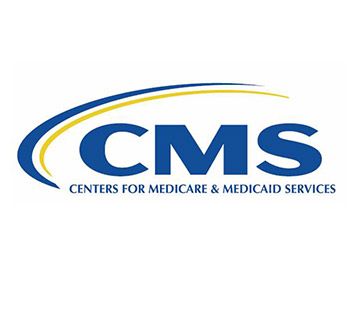The Future of Prior Authorization
In May 2014, CMS announced the creation of a three-year demonstration project that calls for the prior authorization of repetitive scheduled non-emergency ambulance transports. The demonstration project was first implemented in the states of New Jersey, Pennsylvania, and South Carolina. These states were selected based on their higher-than-average utilization rates for repetitive ground ambulance transportation. For example, in a June 2013 report to Congress, the Medicare Payment Advisory Commission (MedPAC) cited these states as having particular high utilization rates for dialysis transports. Prior authorization went live in these states on December 15, 2014.
Congress Acts to Expand the Prior Authorization Regime
On April 16, 2015, President Barack Obama signed into law the Medicare Access and CHIP Reauthorization Act of 2015. Section 515 of that law required CMS to expand the demonstration program into five additional states (Delaware, Maryland, North Carolina, Virginia, and West Virginia) and the District of Columbia on or before January 1, 2016. The law further instructed CMS to expand the prior authorization regime to the rest of the country beginning no earlier than January 1, 2017. However, the national expansion was conditioned on CMS determining that the demonstration project has been effective in reducing Medicare expenditures without jeopardizing patient’s access to necessary medical care.
Short Term Prospects for Expansion
As of the end of January 2017, CMS has yet to issue its report on the effectiveness of the prior authorization program in the original 8 states and the District of Columbia. Therefore, there it is highly unlikely that CMS will be expanding the program nationally in the foreseeable future. However, CMS has not officially ruled out the possibility of expanding the program at some point during 2017.
While CMS has not officially ruled out a national expansion in 2017, I rate the prospect as unlikely. I base this statement simply on the calendar. Even if CMS were to issue the required certifications tomorrow, it would still need to give its contractors instructions on how to implement the program. It would also need to give some advance notice to the provider community. If you assume it would want to give everyone involved at least a month to prepare, it would be April at the earliest before it could expand the program. Personally, I have a hard time believing that CMS would go through all that trouble—not to mention allocating the necessary funding—for 8 months.
Long Term Prospects for Prior Authorization
While I rate the short term prospects for prior authorization to be unlikely, I think that our industry should expect prior authorization for repetitive patients to be part of our long term future.
The data thus far suggests that prior authorization is highly effective at reducing Medicare expenditures. In 2014, the last year before prior authorization went into effect, Medicare paid more than $106 million for dialysis transports in New Jersey alone. In 2015, total spending on dialysis decreased to slightly more than $15 million, a decrease of more than 85%. While there has been anecdotal reports of patients in the state being unable to obtain transportation to their dialysis appointments, there is little empirical evidence to suggest that these are anything other than isolated occurrences, or that prior authorization is contributing to a systematic lack of access. The data from Pennsylvania and South Carolina shows similar dramatic decreases in spending on dialysis.
Collectively, total spending on dialysis in these three states was approximately $140 million less in 2015 than 2014. This corresponds to nearly 20% of total dialysis spending in 2014. To put these reductions in their proper perspective, it may be helpful to remember that the Congressional Budget Office scores the cost of our existing temporary adjustments (i.e., the 2% urban, 3% rural and super rural adjustments) at approximately $100 million a year.
Some will argue that the 2015 reductions in these states were magnified by what can be charitably described as “friction” in the implementation of the program. (We recognize that affected providers in these states are likely to use far less charitable descriptions.) These people would argue that the reductions in subsequent years is likely to be less dramatic. CMS will be releasing 2016 payment data in a few months; at which point we will know whether this prediction proves true. Regardless of whether the data shows an uptick in payments in these states, that same data is almost guaranteed to show a dramatic decrease in total spending on dialysis in these states over the 2014 base year.
In sum, the data makes clear that prior authorization offers substantial cost savings to the federal government. Moreover, the overwhelming majority of these cost savings come from dialysis transports, an area that CMS has long-identified with fraud, abuse, and overutilization. This represents a tempting target for both CMS and Congress when looking for future cost-savings.
Have an issue you would like to see discussed in a future Talking Medicare blog? Please write to me at bwerfel@aol.com.


















